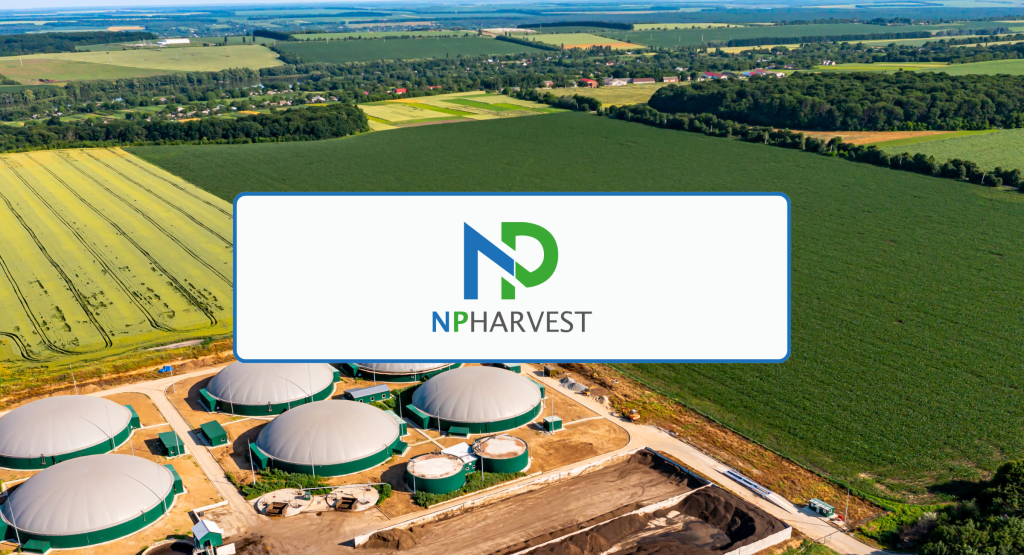Diversifying the Feedstock Inside your Digester: What Substrate Should be Added to Livestock Effluent?

Diversifying inputs can have many advantages in a biogas project, whether to increase gas production, be less dependent on a single source of feedstock supply, calibrate the total solids content or avoid biological disruption of the digester.
Although single-input plants are rare, most farm’s feedstocks consist largely of livestock effluents (slurry, manure).
Here are a few examples of feedstocks that can be used to diversify the digester load:
Biowaste:
Organic waste from supermarkets, private households and institutions can be recycled in an anaerobic digester. However, care must be taken to ensure that the necessary equipment is installed to enable this substrate to be incorporated (de-packager, pre-tank storages for biowaste soup, pasteurization…).
Cover crops (intermediary crops for energetic purposes):
Cover crops, grown in between the two main crops have numerous advantages (reduced leaching, control erosion, soil structuring, cover fields in green, bring carbon to the soil…) they will be harvested prior to reaching full maturity and will add an additional substrate to the anaerobic digester. Examples include rye, clover and sorghum.
Crop residues:
Facilities located in agricultural area can more easily diversify their feedstocks. Crop residues come in wide varieties: for example, cereal residues (the husks surrounding cereal grains) have a very high dry matter content and a high biogas yield. Potato pulp for example, on the other hand, has a low dry matter content and low biogas potential.

How to know if a feedstock is suitable for your current load?
The most important thing is to have your inputs biologically analyzed if you want to diversify your load. It will be important to evaluate various biological parameters to check whether they are compatible with the current biology of your digester. In particular, you’ll need to look at the input’s characteristics (Total solids, Volatile solids, methanogenic power, nitrogen content, ammoniacal nitrogen content, degradation kinetics of the input, its pH and also its fiber, lipid, protein and carbohydrate content…) and the conditions inside the digester (pH, total solids, volatile solids, nitrogen, ammoniacal nitrogen, C/N ratio, FOS/TAC ratio…).
For more information and biogas projects, read BiogasWorld’s Canadian Biogas Magazine.







Comments